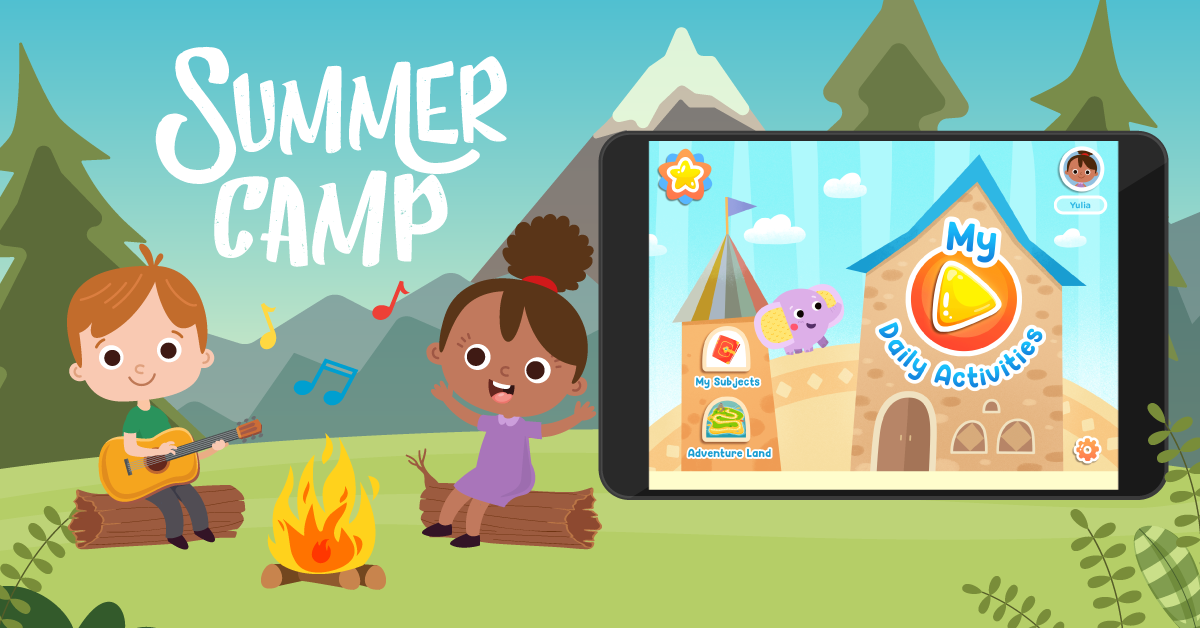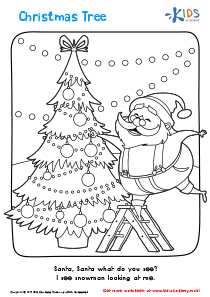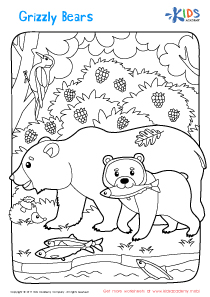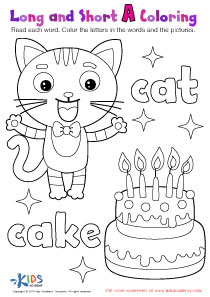Normal Difficulty Vocabulary Coloring Pages for Grade K
5 filtered results
-
From - To
Introducing our delightful Vocabulary Coloring Pages worksheets, specially designed for eager Kindergartners! Help your little ones expand their word bank while they immerse themselves in creative coloring fun. Each page features a collection of familiar objects and animals, providing a perfect platform to introduce and reinforce essential vocabulary. Watch in awe as their linguistic skills blossom while they color away happily! Our meticulously crafted worksheets offer a perfect balance of education and entertainment, making learning a joyous adventure. Equip your child with vital language skills early on with our Vocabulary Coloring Pages, a must-have addition to any little learner's academic journey.
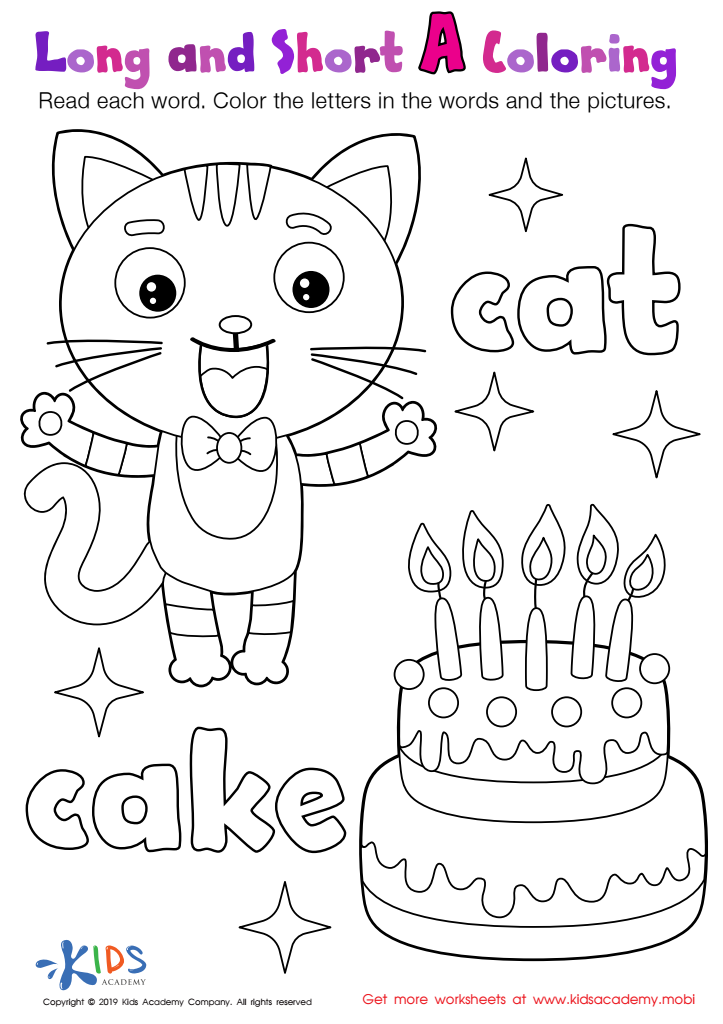

Long and Short A Worksheet
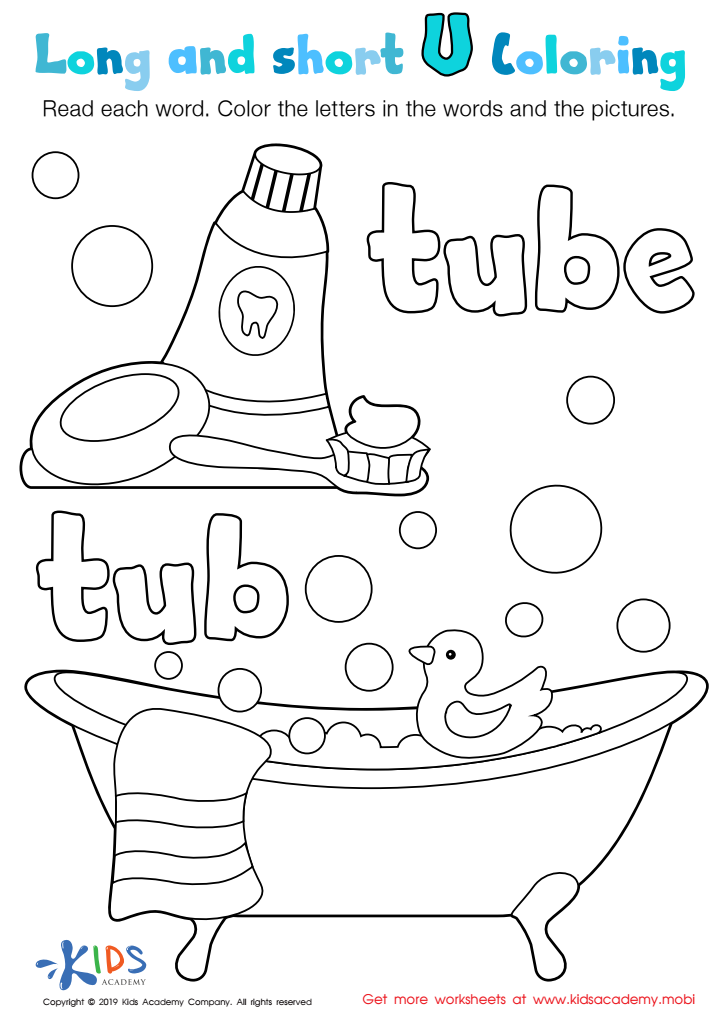

Long and Short U Worksheet
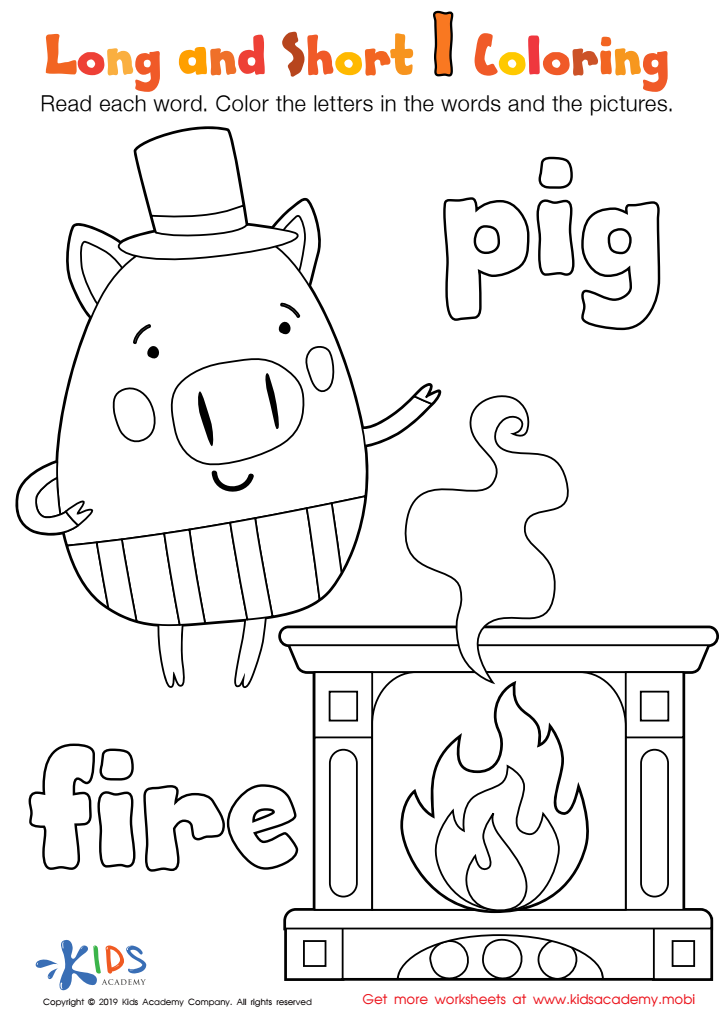

Long and Short I Worksheet
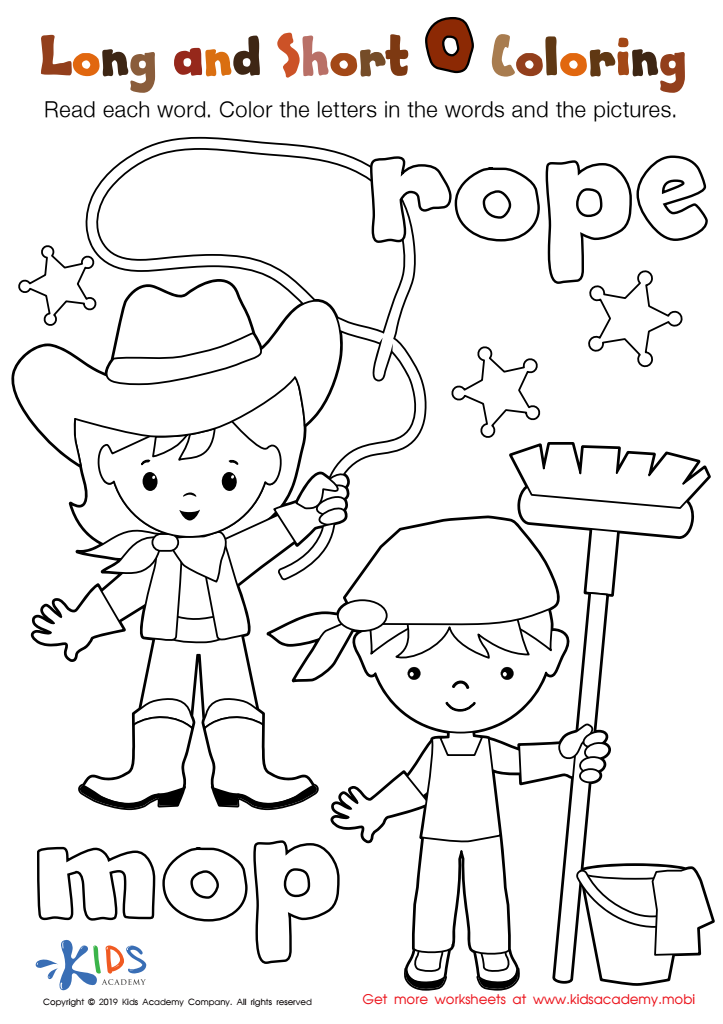

Long and Short O Worksheet
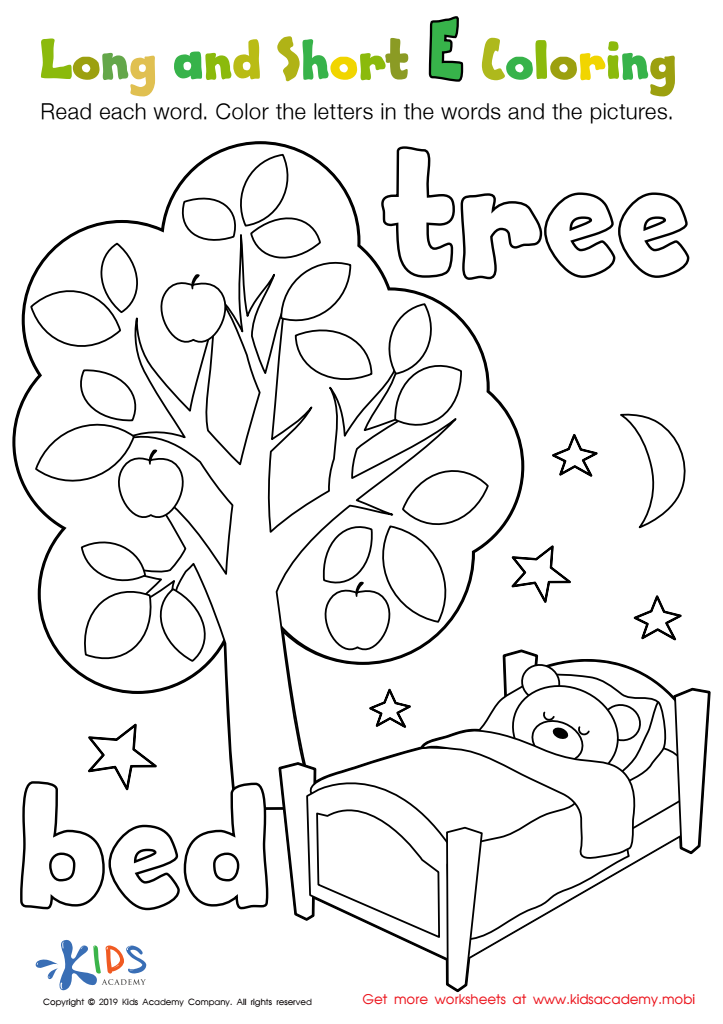

Long and Short E Worksheet
Vocabulary development forms the foundation for successful language acquisition skills in young children. It is during their kindergarten years that children are introduced to a wide range of new words, expanding their vocabulary and understanding of the world around them. One effective and engaging way to facilitate this learning process is through the use of Normal Difficulty worksheets, specifically designed for kindergarten students, known as vocabulary coloring pages.
Vocabulary coloring pages incorporate the power of visual imagery and the hands-on activity of coloring to make learning words an enjoyable experience for children. By integrating the learning of new words with a creative and interactive approach, these worksheets help to enhance the cognitive and motor skills of young learners.
One of the primary advantages of these worksheets is their ability to captivate and engage children's attention. Kindergarten-aged kids are naturally drawn to colorful visuals, and the incorporation of vibrant illustrations on vocabulary coloring pages makes the learning experience more exciting and stimulating. This visual appeal, combined with the hands-on activity of coloring, ensures that children remain focused and attentive, fostering an optimal learning environment.
Furthermore, vocabulary coloring pages also serve to reinforce the association between words and their meanings. Each worksheet typically features a word at the top, accompanied by its corresponding illustration. This connection between the word and its visual representation aids in solidifying children's understanding and retention of vocabulary. The act of coloring the image further strengthens this association, as it encourages children to actively engage with the concept they are learning. By incorporating both the visual and kinesthetic senses, vocabulary coloring pages facilitate a more holistic learning experience.
In addition to promoting vocabulary development, these worksheets can play a significant role in improving children's fine motor skills. Coloring within the designated lines of the illustrations requires precise hand-eye coordination and control, which can aid in the development of dexterity and pencil grip. These foundational skills are essential for the later stages of writing and drawing, making vocabulary coloring pages an effective tool for enhancing a child's overall motor skills development.
Beyond academic benefits, vocabulary coloring pages also stimulate children's creativity and imagination. These worksheets often include scenes or objects that correspond to the vocabulary word, providing an opportunity for children to explore their creativity by choosing colors and shading techniques to bring the images to life. This creative outlet not only helps foster a sense of self-expression but can also lay the groundwork for storytelling and imaginative play.
Moreover, the use of Normal Difficulty worksheets allows for flexibility in the learning process.
 Assign to the classroom
Assign to the classroom
